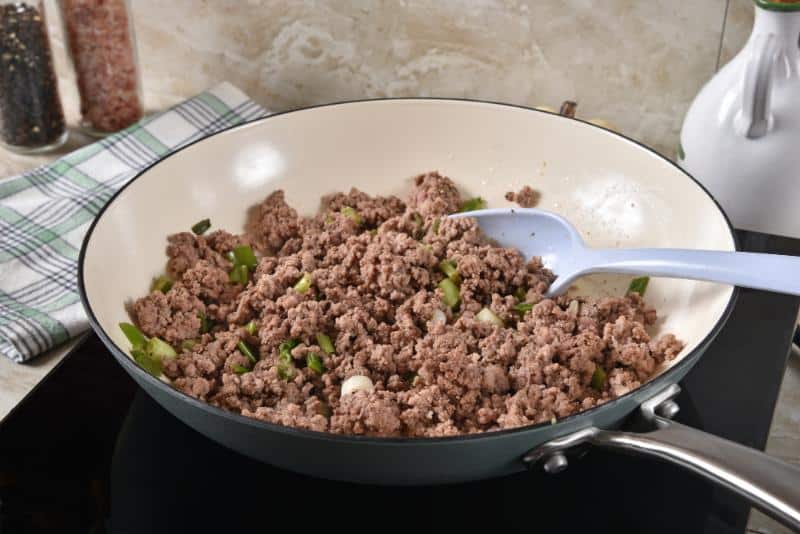Ground beef is a staple in many kitchens, loved for its versatility and ease of cooking. From classic burgers to hearty casseroles, it plays a starring role in countless recipes. But as with any perishable food, it’s crucial to ensure that your ground beef is safe to eat. Knowing how to spot signs of spoilage protects your health and ensures you’re serving up the best quality meals to your family.

So, is your ground beef still good? Look out for the signs below to help you determine whether you should keep it or toss it.
How Long Ground Beef Usually Lasts
The shelf life of ground beef depends on various factors including storage conditions and whether it’s raw or cooked. Typically, raw ground beef lasts 1-2 days in the refrigerator (per the USDA) and up to 3-4 months in the freezer. Cooked ground beef, on the other hand, can last about 3-4 days in the fridge and up to 4 months in the freezer.
Remember, these are general guidelines, and ground beef might spoil quicker depending on factors like temperature fluctuations and exposure to air.
Visual Signs of Spoilage
When assessing ground beef for freshness, your eyes are one of your best tools. According to the USDA, fresh ground beef usually has a bright red color on the outside, due to exposure to oxygen, and a darker brownish color on the inside. If you notice that the meat has turned gray or brown throughout, it might be starting to spoil. While color changes don’t necessarily mean the meat is bad, it’s a sign to do a further check using smell and texture.
Olfactory Cues: The Smell Test
Your nose will never lie when it comes to spoiled meat. Fresh ground beef might have a mild, iron-like smell, but it shouldn’t be unpleasant or strong. If your ground beef emits a sour, ammonia-like or rotten smell, it’s a clear indicator that it has gone bad. Trust your sense of smell, and if something seems off, it’s better to err on the side of caution.
Texture and Consistency
Another telltale sign of spoilage in ground beef is the texture. Fresh ground beef should feel moist but not slimy. If you notice that the meat has a sticky or slimy texture when you touch it, it’s a strong indication that bacterial growth has started. Spoilage bacteria can make ground beef feel tacky or sticky, and this change in texture is a clear sign that the beef should not be eaten.

Health Risks Associated with Spoiled Ground Beef
Eating spoiled ground beef poses serious health risks. It can lead to foodborne illnesses, commonly caused by bacteria like Salmonella, E. coli, and others. Symptoms of foodborne illness can range from mild gastrointestinal discomfort to severe dehydration and even hospitalization. It’s essential to recognize the signs of bad ground beef to prevent these health risks.
Proper Storage Tips
Proper storage is key to extending the shelf life of ground beef. In the refrigerator, store it at or below 40°F in its original packaging or airtight containers. In the freezer, ensure it’s wrapped tightly to prevent freezer burn. It’s also a good practice to label your ground beef with the date of purchase or freezing to keep track of its age.
When in Doubt, Throw it Out
This age-old adage couldn’t be truer when it comes to ground beef. If you’re uncertain about its freshness, it’s safer to discard it. Consuming bad ground beef is not worth the risk of foodborne illness. Signs like an off-odor, strange texture, or discoloration are all indications that your ground beef should be thrown out.
A Final Word: How to Tell if Ground Beef is Bad
To summarize, checking your ground beef for freshness involves a combination of assessing its color, smell, and texture. Remember, ground beef should have a bright red to purplish color on the outside, a mild smell, and a moist, non-slimy texture. Any deviation from these characteristics is a sign that your ground beef might be bad. Always prioritize safety and health by trusting your senses and judgment when evaluating meat quality.






